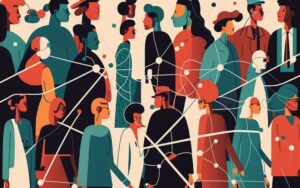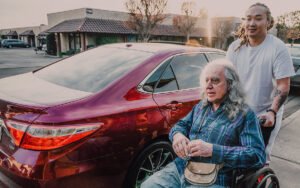
June 7, 2015; Detroit News
NPQ has written a lot over the past year about the philanthropic and legislative response to the needs of people with disabilities. You can find some of those pieces here and here. Now, findings from a telephone survey by the Kessler Foundation of more than 3,000 people with disabilities will be released Wednesday, and the focus will be new.
Andrew Houtenville, director of research at the University of New Hampshire Institute of Disability, which did the survey, said, “There has been some work in previous surveys that looked at barriers but never asking the question, have they overcome the barriers? There was always this sense of doom and gloom.”
Sign up for our free newsletters
Subscribe to NPQ's newsletters to have our top stories delivered directly to your inbox.
By signing up, you agree to our privacy policy and terms of use, and to receive messages from NPQ and our partners.
Houtenville sees as this survey as “a way of describing how active people with disabilities are in the labor market. It’s not just about sitting back and taking benefits.”
Of those interviewed, fewer than six percent had never worked. Just under 43 percent were currently working, nine percent were looking for work, and 17 percent had worked since the onset of their disability. All these were categorized as “striving to work.”
Of those who are currently employed, the average number of hours worked is 35.5 hours per week. More than half work more than 40 hours per week. Additionally, 40 percent said they wanted to work more hours.
Kessler Foundation President Rodger DeRose wants the study to spark Congress to take a fresh look at the federal disability benefits program, which he believes is outdated and serves as a disincentive for people to work.
“If you look 10 years into the future, as baby boomers have gone out of the job force…people with disabilities are going to be a population that will finally be recognized as a workforce that can make the transition into the workplace and be successful in overcoming barriers,” he said. “This workforce—the disability community—and business have not made the connection yet.”—Ruth McCambridge












